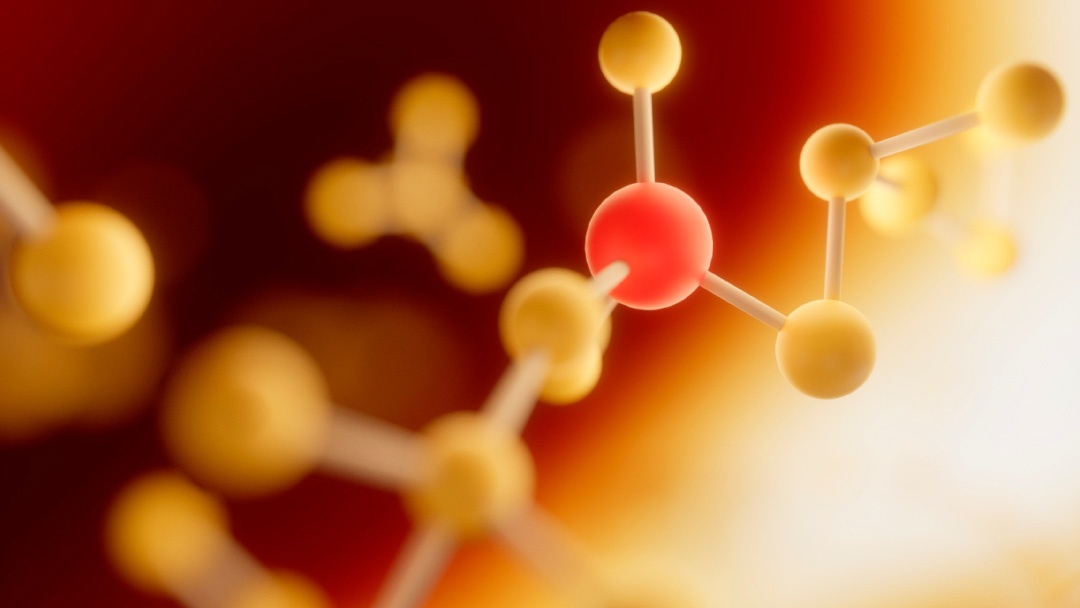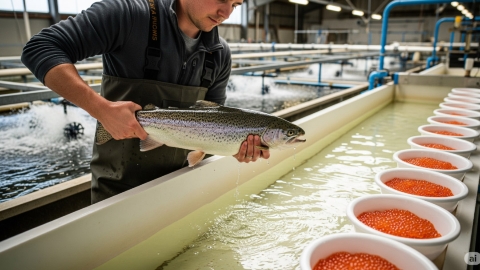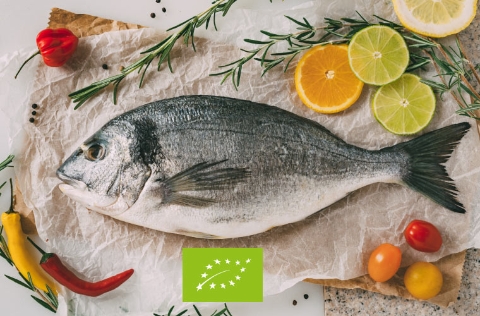
A scientific review conducted by researchers from CIIMAR at the University of Porto, in collaboration with aquafeed additive specialist Adisseo, has found that the form of synthetic methionine added to fish feeds affects not only growth performance but also the antioxidant status of farmed fish.
According to the authors, “Methionine supplemented at adequate levels improves fish antioxidant status, decreasing lipids and protein oxidation,” indicating that certain methionine sources contribute to cellular defence mechanisms as well as fulfilling essential nutritional functions.
Of particular note is that this review offers a comparative analysis of the main synthetic methionine sources used in aquaculture: L-methionine (L-Met), DL-methionine (DL-Met), hydroxy-methionine (OH-Met), methionyl-methionine (Met-Met), and coated forms such as Co-DL-Met and MM-DL-Met. Drawing on a wide range of peer-reviewed studies, the paper examines how these compounds perform across different fish species, with particular attention to bioavailability, absorption pathways, and their role in alleviating oxidative stress.
As the aquaculture sector continues to move away from fishmeal for economic and environmental reasons, alternative protein sources—such as plant-based meals, insect protein, and processed animal by-products—are becoming more prevalent. However, these ingredients are often low in methionine. While this amino acid is widely recognised for its role in protein synthesis, it also plays a vital part in metabolism, acting as a methyl donor and as a precursor to antioxidants like glutathione and taurine.
“Dietary methionine supplementation is usually necessary when working with alternative feedstuffs. Thus, it is important to understand the potential benefits of the commercially available synthetic methionine sources. This review aims to provide some novel information regarding this subject,” said Aires Oliva Teles, co-author of the study.
The study emphasises that the chemical form in which methionine is supplied directly affects its utilisation by fish. L-Met, the biologically active form, is readily used in protein construction. DL-Met, a racemic mixture, requires enzymatic conversion before it can be used. OH-Met, a hydroxy analogue, is absorbed mainly via passive diffusion and enters a distinct metabolic route. These differences help explain the variations in performance observed across species and diets.
In terms of growth and feed conversion, the review found that L-Met and DL-Met typically delivered better results than OH-Met. However, in certain cases—such as with tilapia and cobia—OH-Met or its coated form, Co-DL-Met, achieved equivalent or even superior performance. This highlights the importance of adopting species-specific approaches when formulating diets.
A particularly valuable aspect of the review is its evaluation of oxidative stress markers. Evidence from several studies showed that OH-Met supplementation enhanced the activity of antioxidant enzymes such as superoxide dismutase, catalase, and glutathione peroxidase, while lowering concentrations of oxidative damage indicators like malondialdehyde and protein carbonyls. Notable improvements were observed in organs including the liver, gut, kidney and gills, as well as in muscle and blood serum.
The authors conclude that no single methionine source is ideal for all situations. Instead, they argue that feed formulation should consider not only cost and availability, but also the broader physiological impacts on the target species. As aquaculture continues its shift towards sustainable and welfare-oriented practices, the findings offer practical guidance for the development of next-generation fish diets.
Reference:
Inês Guerreiro, Tahir Mahmood, Yves Mercier, Waldo G. Nuez-Ortin, Aires Oliva-Teles. Comparing Methionine Syntetic Sources: Supplementation of Aquafeeds, Bioefficacy, and Effects on Finfish Oxidative Status. Reviews in Aquaculture. https://doi.org/10.1111/raq.70049



